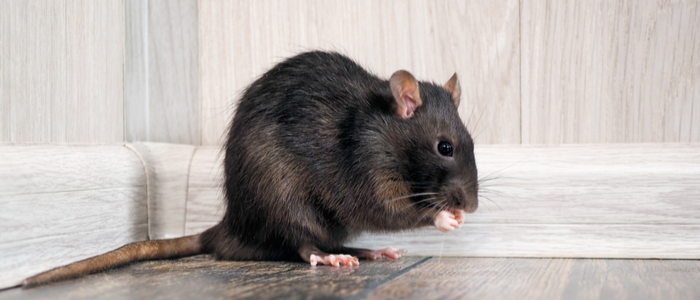A cold snap has come to the Upstate just in time to bring in the New Year! With the cold temperatures, some might think their car troubles are due to the sudden onslaught of cold air. However, there may be more dastardly causes of your troubles.
Rodents seeking shelter will wriggle their way into whatever type of hideout they can find, including your car. A rat’s body is shaped in a way that allows them to slide into holes the size of a quarter. So, there are plenty of ways a rat can get into your car, such as steering columns and vents. Rodents will move into your car to find food and shelter from the cold winter. As car manufacturers find more eco-friendly materials to use in cars, the more food rodents have to much on.
Once rodents gain entry to the vehicle, they will use insulation as nests and wires and tubes as meals. This can lead to short circuiting and other electrical issues. Rodents can also spread dangerous diseases, such as Hantavirus, and have also been linked to causing respiratory issues. With these problems, it is important to check your car for rodent infestations.
Quick prevention tips
In order to decrease this threat to motorists and their vehicles, the National Pest Management Association (NPMA) has provided the following prevention tips:
- Seal it: Seal up points of entry to garages with a silicon-based caulk or steel wool
- Keep it clean: wipe up spills and remove food and trash
- Check for damage: Check under the hood of your car for droppings, gnawed wires or nests
If you do spot signs of a rodent infestation in your vehicle, consult a local mechanic about the issue. You should also consider partnering with a pest management professional to ensure the infestation does notspread from your car to your home.
For more information on rodents, please visit Smarterpestcontrol.com.

